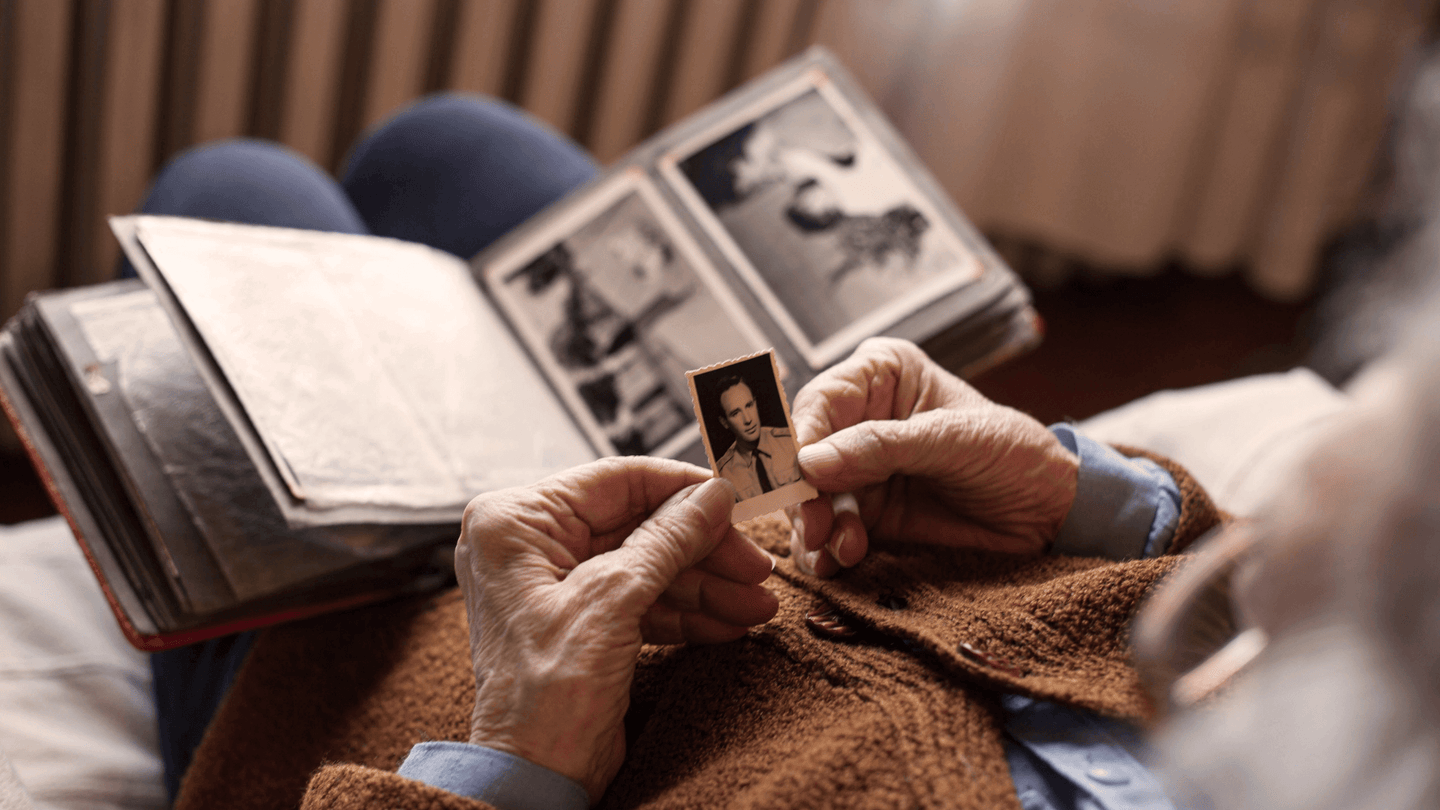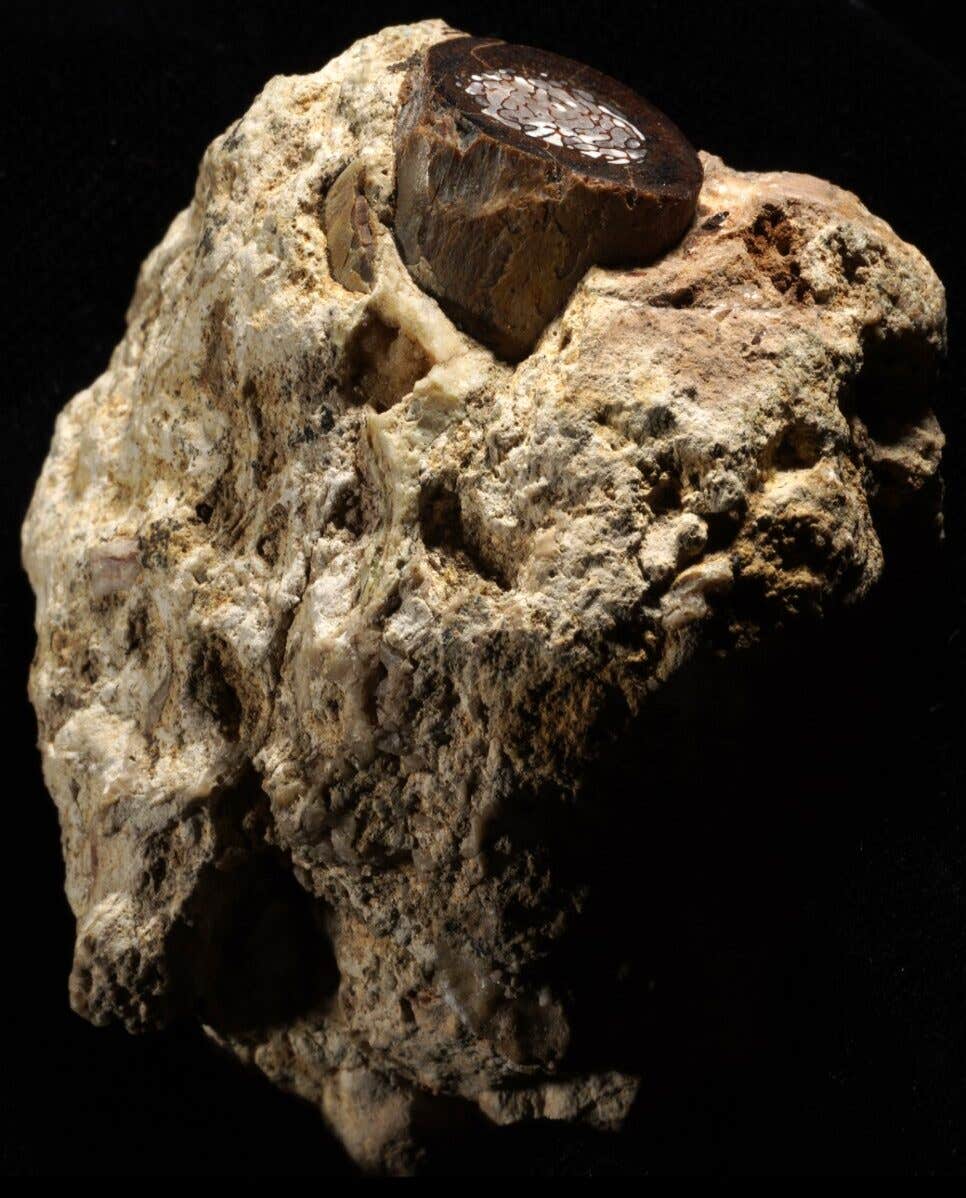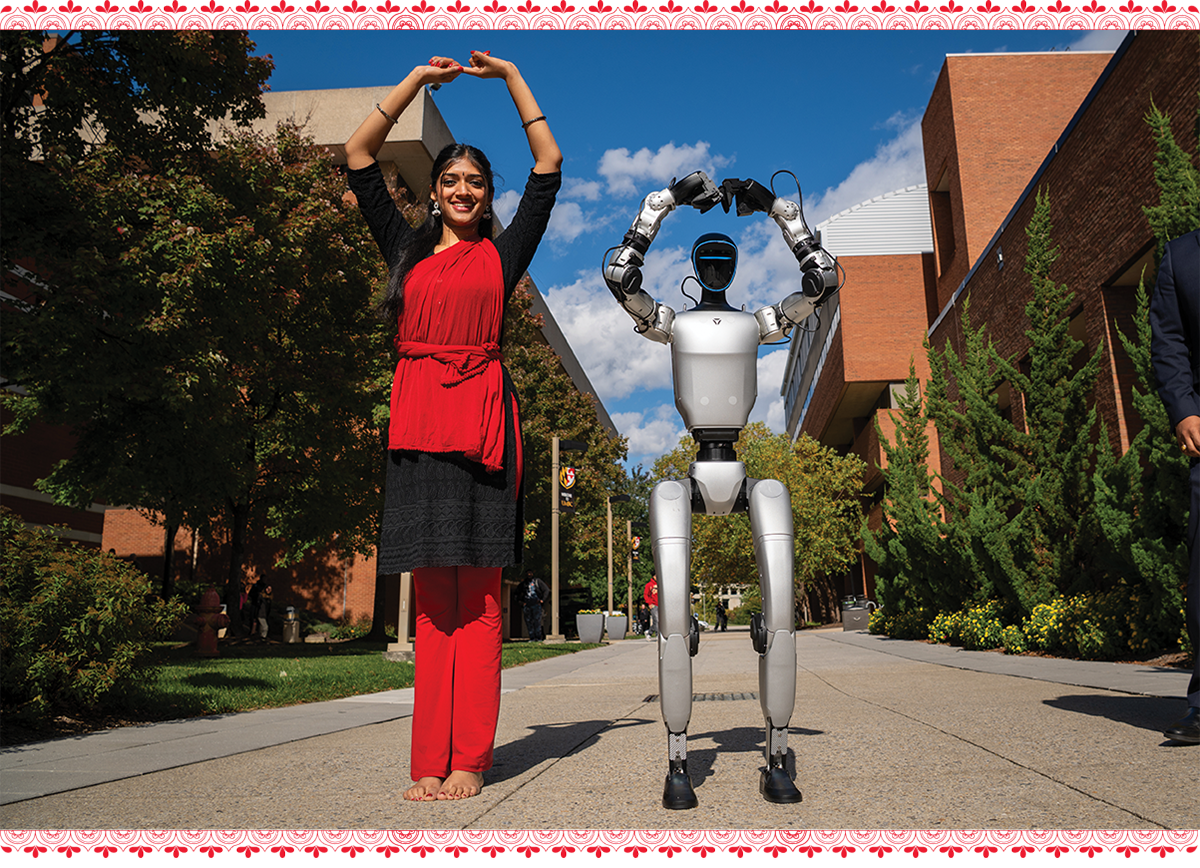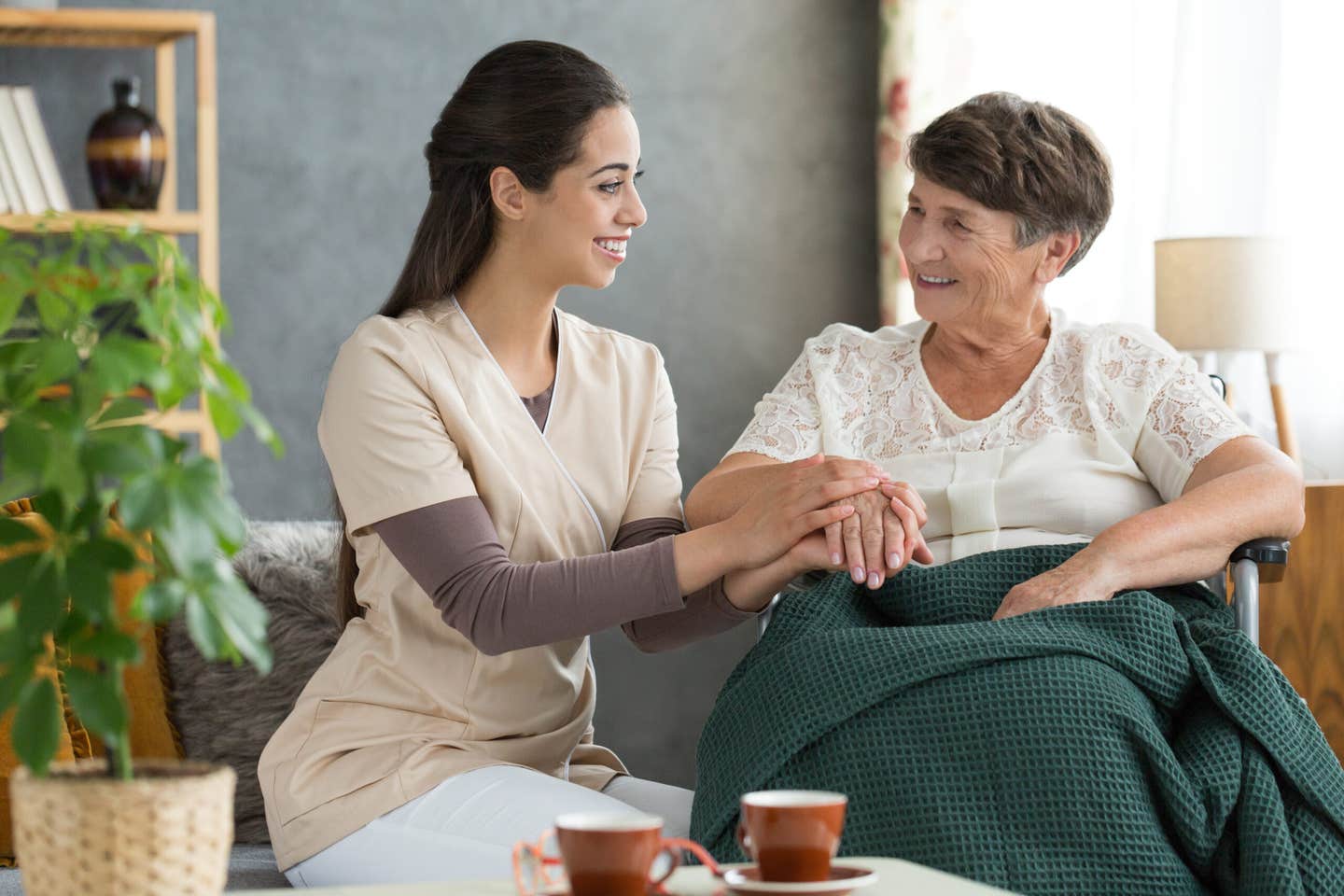Groundbreaking neural technology can help people recall lost memories
The scientists in this study developed a new model aimed at assisting the hippocampus in recalling specific information.

The scientists in this study developed a new model aimed at assisting the hippocampus in recalling specific information. (CREDIT: Creative Commons)
A group of scientists from Wake Forest University School of Medicine and the University of Southern California (USC) has achieved a significant milestone in neuroscience by successfully utilizing a neural prosthetic device to recall specific memories.
Their findings, published online in Frontiers in Computational Neuroscience, mark a pioneering step forward in memory research.
The groundwork for this breakthrough stems from a previous study conducted by the Wake Forest and USC team in 2018, led by Dr. Robert Hampson, a professor specializing in regenerative medicine, translational neuroscience, and neurology at Wake Forest University School of Medicine.
This earlier study demonstrated the effective implementation of a prosthetic system harnessing an individual's own memory patterns to enhance the brain's capacity to encode and retrieve memories.
Related Stories
In their initial research, the team utilized an electronic prosthetic system based on a multi-input multi-output (MIMO) nonlinear mathematical model. By manipulating the firing patterns of multiple neurons in the hippocampus, a brain region crucial for memory formation, they achieved promising results.
Building upon their prior work, the scientists in this study developed a new model aimed at assisting the hippocampus in recalling specific information.
When the brain tries to store or retrieve particular memories, such as remembering to turn off the stove or locating misplaced car keys, distinct groups of cells collaborate in neural ensembles to activate and store the information. Leveraging recordings of this brain activity, the researchers devised a memory decoding model (MDM).
During the study, the research team delivered neurostimulation to study participants during visual recognition memory tasks. (CREDIT: Wake Forest University School of Medicine)
This model enabled them to decipher the neural activity associated with storing different pieces of specific information. Subsequently, the decoded neural activity was translated into a pattern or code, which was used to administer neurostimulation to the hippocampus during memory retrieval processes.
Dr. Brent Roeder, a research fellow in the department of translational neuroscience at Wake Forest University School of Medicine and the study's corresponding author, emphasized the significance of their approach: "Here, we not only highlight an innovative technique for neurostimulation to enhance memory, but we also demonstrate that stimulating memory isn’t just limited to a general approach but can also be applied to specific information that is critical to a person."
Delayed match to sample (DMS) task performed on a touch screen by patients seated in either the hospital bed or a chair. (CREDIT: Frontiers in Computational Neuroscience)
To test the efficacy of their method, the team recruited 14 adults with epilepsy undergoing a diagnostic brain-mapping procedure involving surgically implanted electrodes placed in various brain regions to identify seizure origins. These procedures took place at Atrium Health Wake Forest Baptist Medical Center, Keck Hospital of USC in Los Angeles, and Rancho Los Amigo National Rehabilitation Center in Downey, California.
During visual recognition memory tasks, the researchers administered MDM electrical stimulation to assess its impact on memory retention. The results revealed significant improvements in memory recall among participants who received the stimulation, with approximately 22% showing noticeable enhancements in performance.
Sample patterns from an individual patient for each of the categories. Unique patterns that were 4 s in length were derived for each subject for every patient using the MDM applied to each patient’s own neural recordings. (CREDIT: Frontiers in Computational Neuroscience)
Moreover, when focusing on participants with impaired memory function who underwent bilateral brain stimulation, nearly 40% exhibited substantial improvements in memory performance. Dr. Roeder underscored the potential applications of their technology in aiding individuals with memory-related impairments: "Our goal is to create an intervention that can restore memory function that’s lost because of Alzheimer’s disease, stroke or head injury."
Despite these promising findings, Dr. Roeder stressed the need for further research to refine the technology and unlock its full potential in enhancing memory function. He expressed hope that advancements in MDM-based stimulation could empower individuals to live more independently by aiding in critical tasks such as medication management and home security.
Diagram of an individual-trial DR screen following DMS stimulation session. Images consist of the sample/match image, one Nonmatch image from the same trial, and one novel image not used in any prior testing. The “familiarity” choices displayed with each image are converted to a numeric ranking (0 = Do not recognize, 5 = Definitely saw) for scoring and analysis. (CREDIT: Frontiers in Computational Neuroscience)
This groundbreaking research builds upon over two decades of preclinical studies on memory codes led by Dr. Sam Deadwyler, emeritus professor of physiology and pharmacology at Wake Forest University School of Medicine, alongside Dr. Hampson and the USC team led by biomedical engineers Dr. Theodore Berger and Dr. Dong Song. The preclinical investigations utilized similar stimulation techniques to restore and bolster memory in animal models using the MIMO system developed at USC.
Funded by the U.S. Defense Advanced Research Projects Agency (DARPA), this research represents a significant stride forward in understanding and potentially enhancing human memory function. As scientists continue to unravel the complexities of the brain, innovations like these hold promise for addressing memory-related disorders and improving overall cognitive health.
Note: Materials provided above by The Brighter Side of News. Content may be edited for style and length.
Like these kind of feel good stories? Get the Brighter Side of News' newsletter.



